I was really excited for Oaxaca. What better place to to spend Day of the Dead – Halloween done Mexican style, than Oaxaca. Stay tuned for a Day of the Dead post later this week! Plus, as much as I loved the beach, it didn’t have much culture. There wasn’t even a market nearby – everyone I asked told me that they bought their fruits and veggies in the supermarket. But not in Oaxaca.
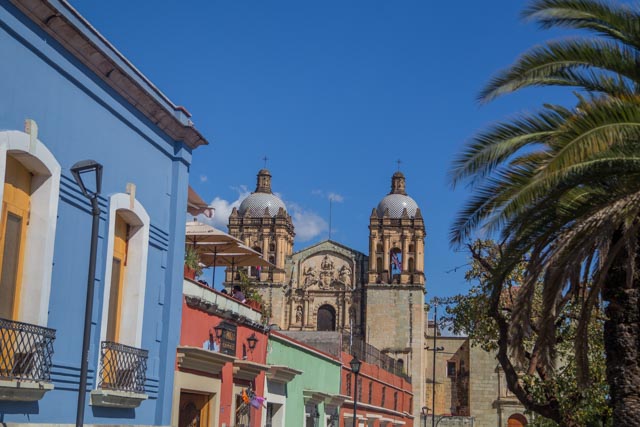

One of the 32 states in Mexico, the state of Oaxaca is known for its mountains, cooler climate, traditional crafts, and of course, its mezcal. There are many indigenous cultures which still remain in Oaxaca, the largest of which is the Zapotecs – the Zapotec Empire was conquered by the Spanish many years ago, but their traditions still live on today. Just outside of the capital of Oaxaca City is Mitla – a key site of the Zapotec Empire. Fun fact about the Zapotecs – they built all of their buildings out of stone blocks without any type of mortar in between because of the high frequency of earthquakes in the area. Should an earthquake hit their town, the buildings would fall but could easily be rebuilt…like Legos!

I spent the majority of my 8 day trip in Oaxaca City – though small, the city is filled with delicious food and is brimming with Oaxacan culture. Known as the Land of Seven Moles, Oaxacan cuisine is famous around the world for good reason. Though the mole sauces contain only a few ingredients, the labor it takes to prepare one is quite intensive and time-consuming…but they’re delicious. My favorite is the black sauce, called Mole Negro. Oaxaca is also known for their cheese (similar to mozzarella) and for their chocolate, typically used to make a hot chocolate drink.
In large part due to the large indigenous population, Oaxaca is brimming with artisanal crafts – everything from clothing to pottery to jewelry. Particularly in the rural areas, many make their living by crafting products to sell in the market. To see more about some of the locally made goods, check out this post from my friend Shannon who spent six months working with an organization empowering women in their small business endeavors.
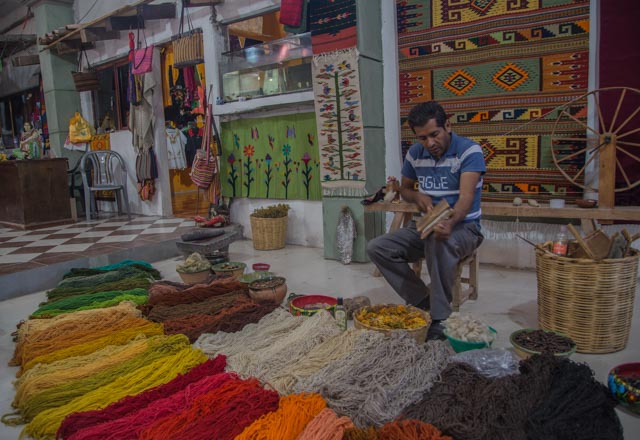
In addition to handicrafts, one of the most popular artisanal products is mezcal – a tequila-like alcohol with a sweet and smokey aftertaste which is a local favorite. Oaxacans have a saying: Para todo mal, mezcal, para todo bien, también! Translation: For everything bad, mezcal, for everything good, too!

Both tequila and mezcal are made from the agave plant – a plant which resembles aloe vera. Tequila, however, is strictly made using a variety called blue agave, and it is generally made using machinery. Mezcal is made from any of the other 30 types of agave which have a high enough sugar content to make alcohol (there’s over 200 types of agave in total) and is only made artisanally. Take a drive through the countryside and you’ll quickly see the hills are dotted with little agave farms, usually accompanied by a roadside shack selling their local brews. I visited a mezcal distillery to learn how the mezcal is traditionally made – it was extremely fascinating to see the process!
The Agave. Plants generally need to grow anywhere between 7 and 12 years before they’re ready to be harvested
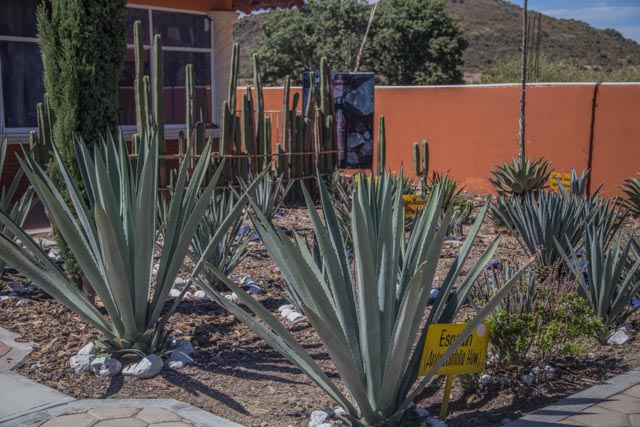
Step 1: The agave leaves are placed in this pit of hot rocks to cook for a few days.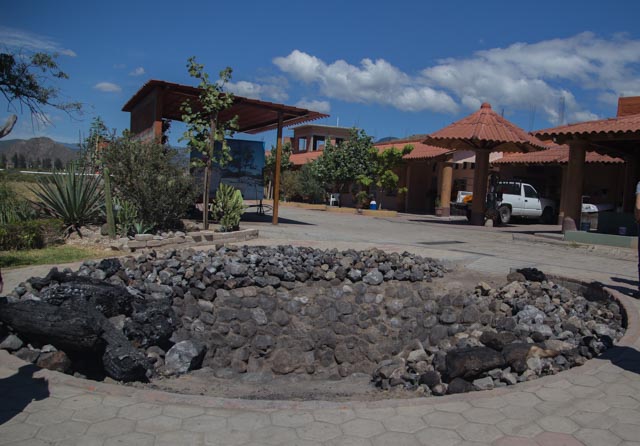
Step 2: After the leaves are cooked, they are crushed in this pit, using a horse.
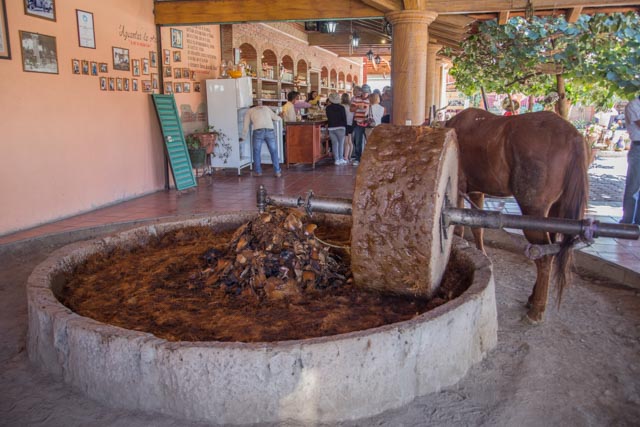
Step 3: The juice and pulp are separated and left to ferment for few days
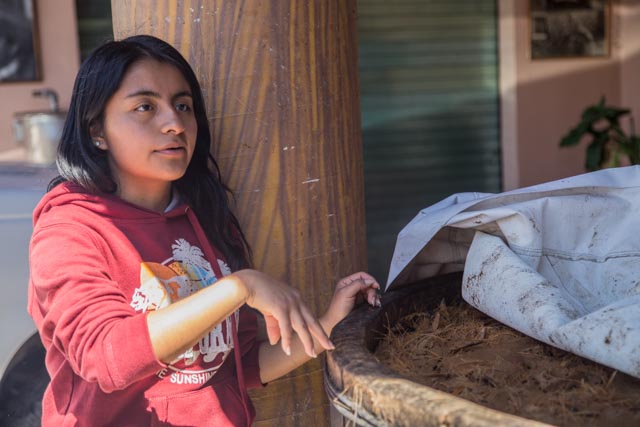
Step 4: The mezcal gets distilled and poured in a basin where it can age.

According to Oaxacans, it is traditionally mezcal which contains a worm – not tequila. Worms are added to change the flavor of the mezcal – they are also eaten as a bar snack dipped in a special type of seasoned salt. The types mezcal are virtually endless depending on which species of agave is used, the type of barrel which is used to age the mezcal (typically clay or copper) and the length of time for which it ages. And – don’t forget about flavors!
***
Next stop: San Miguel de Allende – my home until Christmas.







Where is the post on discovering your favorite mole? Glad you’re having such a blast! xx
LikeLiked by 1 person
Ha – I spent less time than planned discovering my favorite mole and more time discovering my favorite tequila…
LikeLiked by 1 person